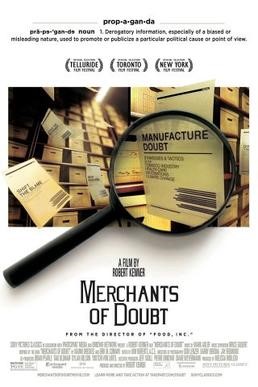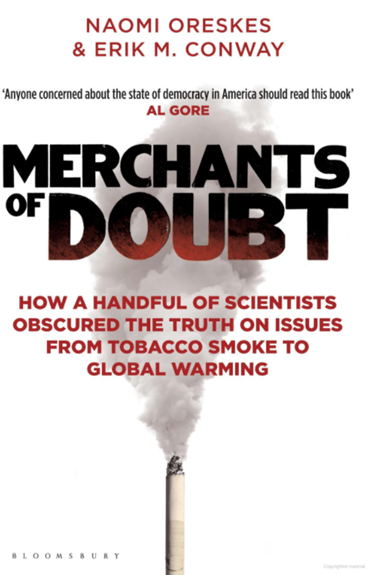Last week I quoted Bill Gates on climate change “Right now, you don’t see the pain you’re causing as you emit carbon dioxide”. I pointed out that many of us won’t see the pain until very late in the day – perhaps too late. The greenhouse gases we emit are largely invisible, the travel and tourism industry does not have smoke stacks and many of our emissions are embedded in our supply chains. Climate change is now with us and we need to adapt to it. The evidence of climate change is all around us.
Climate change deniers were quick to point to frozen wind turbines and solar as the causes of the power outages and they were contributory causes. But conventional gas plants failed too, they were not built to be resilient and Texas isolated itself from the national grid to avoid federal regulation. Temperatures were as low as -18°C in parts of Texas, a strange kind of global warming? more
Rapid heating in the stratosphere 8-50km /5-30 miles above the Arctic occurred, sudden stratospheric warming caused the polar vortex to weaken. We have known about the polar vortexes since 1853 and about sudden stratospheric warming (SSW) since 1952. The polar vortexes are persistent, large-scale, upper-level low-pressure areas, less than 1,000 kilometres (620 miles) in diameter. The vortex rotates counter-clockwise at the North Pole and clockwise at the South Pole.
As The Economist points out “Wind turbines, power plants and power lines can be cold-proofed, but it is cheaper not to, and utility companies in Texas are not required to do so (unlike those in northern states). Their grid would also benefit from more capacity to deal with spikes in demand. This could come from cold snaps, or hotter summers. (Air-conditioning use stretched Texas’s grid almost to breaking point in the summer of 2019.)”
Climate change deniers will seize on any counter-factual to make their case against global warming and sudden stratospheric warming has not been with us for long enough for climatologists to have definitive proof. Merchants of Doubt was published in 2010 The pattern of denial is now well established, we’ve seen the play book used for tobacco and fossil fuels. If you have not read the book by Oreskes and Conway, academic science historians or seen the 2014 documentary , you should make the time. Anand Giridharadas, author of Winners Take All: The Elite Charade of Changing the World, published in 2018 points to the prevalence of initiatives which appear to do good, tweaking things that change nothing fundamental but which distract the public. Regulatory action by government, for example by taxing aircraft fuel, is resisted.
We hear a bewildering amount about how businesses are reducing their carbon emissions. Confusion is a powerful tool in the hands of those wanting to continue with business as usual. There has been much chatter about greenhouse gas emissions having reduced during COVID-19 lockdowns. The continuous data set collected at Mauna Loa Observatory, Hawaii. They have annual, monthly and daily data. None of it gives cause for comfort. For all the talk we have not dented the growth in greenhouse gas emissions, their scientists report that the rate of growth is accelerating.

Just over a year ago in January 2020 a group of leading responsible tourism tour operators (including Intrepid Travel, Better Places, Explore, Exodus, Responsible Travel and The Blue Yonder), as well as the Adventure Travel Trade Association, The Long Run, and leading sustainable tourism academics launched a Tourism Declares Climate Emergency network. 204 travel organisations, companies and professionals have declared and by doing so committed to making plans to meet the need cut global emissions in half over the next decade. This year they are creating three Climate Action Blueprints – for Tour Operators, Accommodation Providers and Destinations. Their ‘blueprints will combine the frameworks, tools, best practice and resources required for delivering Climate Action Plans that align tourism with the need to reduce global emissions by at least half by 2030 and keep global warming within 1.5 degrees’. SUNx Malta CLIMATE FRIENDLY TRAVEL has launched a registry for climate friendly travel.
The latest data on aviation emissions reveals that aviation is responsible for 3.5% of global emissions, if aviation was a nation it would come 6th behind China, the USA, the EU 28, India and Russia and well above Japan. Aviation is the Achilles heel of our sector. Airbus are pursuing hydrogen powered planes, Boeing are pursuing Sustainable Aviation Fuels requiring two different fuel supply infrastructures at airports around the world.
There are basically three kinds of SAF, it suits the airlines wanting to pursue business as usual to lump them together. SAFw is made from waste, relies on large amounts of waste being available to make aviation fuel. It still puts greenhouse gases into the atmosphere. SAFb is biofuels – these inevitably compete with agriculture, pasture or fish production. This strategy prioritises aviation fuel over food and protein SAFe power-to-liquid fuels (PtL) use of synfuels derived from hydrogen and captured carbon emissions could become a scalable option. Such synfuels require water, renewable electricity to produce hydrogen, and CO2. Hydrogen can be used in fuel cells to produce electricity or combusted in engines. The problem is that the pursuit of SAFw and SAFb delays the transition to decarbonised aviation -without large government research grants or taxation on aviation fuel there is insufficient incentive to transition to decarbonised aviation.
At COP 26 in Glasgow in November there may be a move to include aviation and shipping emissions in the Nationally Determined Contributions (NDCs) agreed in Paris in 2015 ‘to reach global peaking of greenhouse gas (GHG) emissions as soon as possible and to undertake rapid reductions thereafter in accordance with best available science, so as to achieve a balance between anthropogenic emissions by sources and removals by sinks of GHGs in the second half of this century’.
Carbon Neutral and Net Zero Emissions may not require any actual reduction in emissions.
The language of Net Zero Emissions has become prevalent: a declaration of intent to achieve net-zero carbon emissions by a set date, balancing the amount of emitted greenhouse gases with the equivalent emissions that are either offset or sequestered elsewhere. This enables business as usual. Rather than being achieved by a rapid reduction in carbon emissions, it may mean offsetting through carbon credits or sequestration through rewilding or carbon capture and storage. This is far from zero-emissions which means no emissions.
Back in DecemberClimate Change News published rebuttals of 10 myths about net zero targets and carbon offsetting. The group of 41 scientists who put together the myth buster argue that
- We must stop extracting and using fossil fuels, the primary cause of the climate crisis. As well as real-zero targets, we need an international treaty for the termination of fossil fuel production
- We must stop marketing products as being ‘climate neutral’ or ‘climate positive’
Myth 3: Net-zero targets as well as carbon offsetting increase the incentives to reduce emissions because emissions are allocated a cost. Misleading.
The incentive decreases as long as it is financially more advantageous and socially acceptable to buy low-cost carbon offsets from abroad than it is to reduce emissions at home. Promises of future negative emissions also reduce the incentive to cut carbon emissions now, as their costs in decades to come are heavily discounted.
Myth 7: Tree plantations capture more carbon than leaving old forests undisturbed. Misleading.
Old forests can contain century’s worth of carbon, captured in trees and soils, and can continue to capture carbon for hundreds of years. It is better to cut fewer trees, so that the carbon already stored is not released. The carbon released by felled trees can take a hundred years or more to be recaptured by new trees. We do not have that time.
Myth 9: Each ton of carbon dioxide is the same and can be treated interchangeably. False.
Carbon dioxide removal tomorrow cannot compensate for emissions today. Emissions from luxury consumption should not be considered equal to emissions from essential food production. Storage of carbon in plants and soils cannot compensate for emissions of fossil carbon.
Myth 10: Products and travel can be ‘climate neutral’ or even ‘climate positive’. False.
Products and travel that are sold as ‘climate neutral’ or ‘climate positive’ due to offsetting, do still have a carbon footprint. Such marketing is misleading and may even lead to more emissions as the offsetting incentivises increased consumption. We contribute more to climate solutions by consuming and travelling less.
There are 10 Myths! Look them up to be sure that you are carbon literate.
We need to face up to the challenge of decarbonisation and demand transparent reporting.




